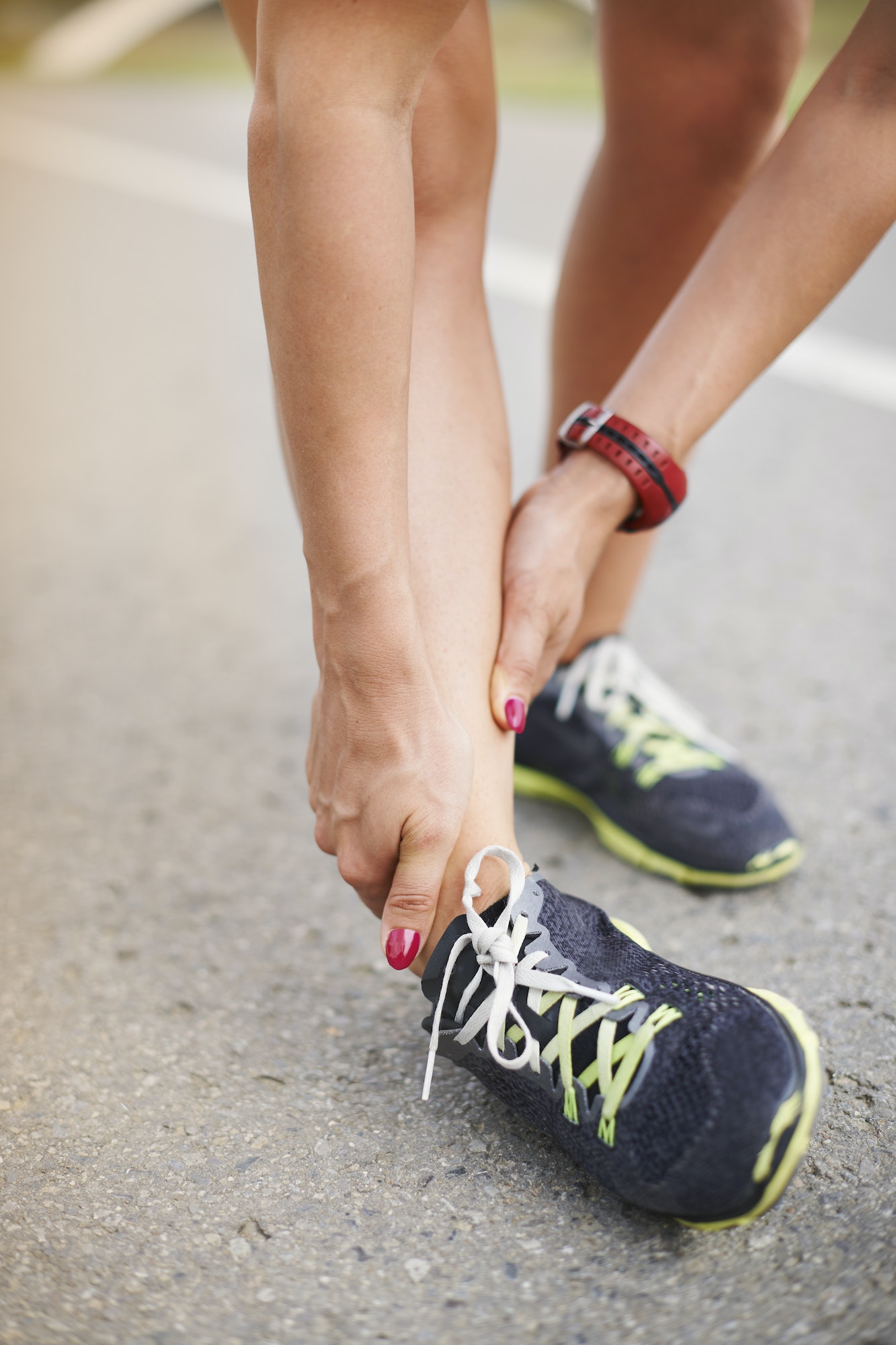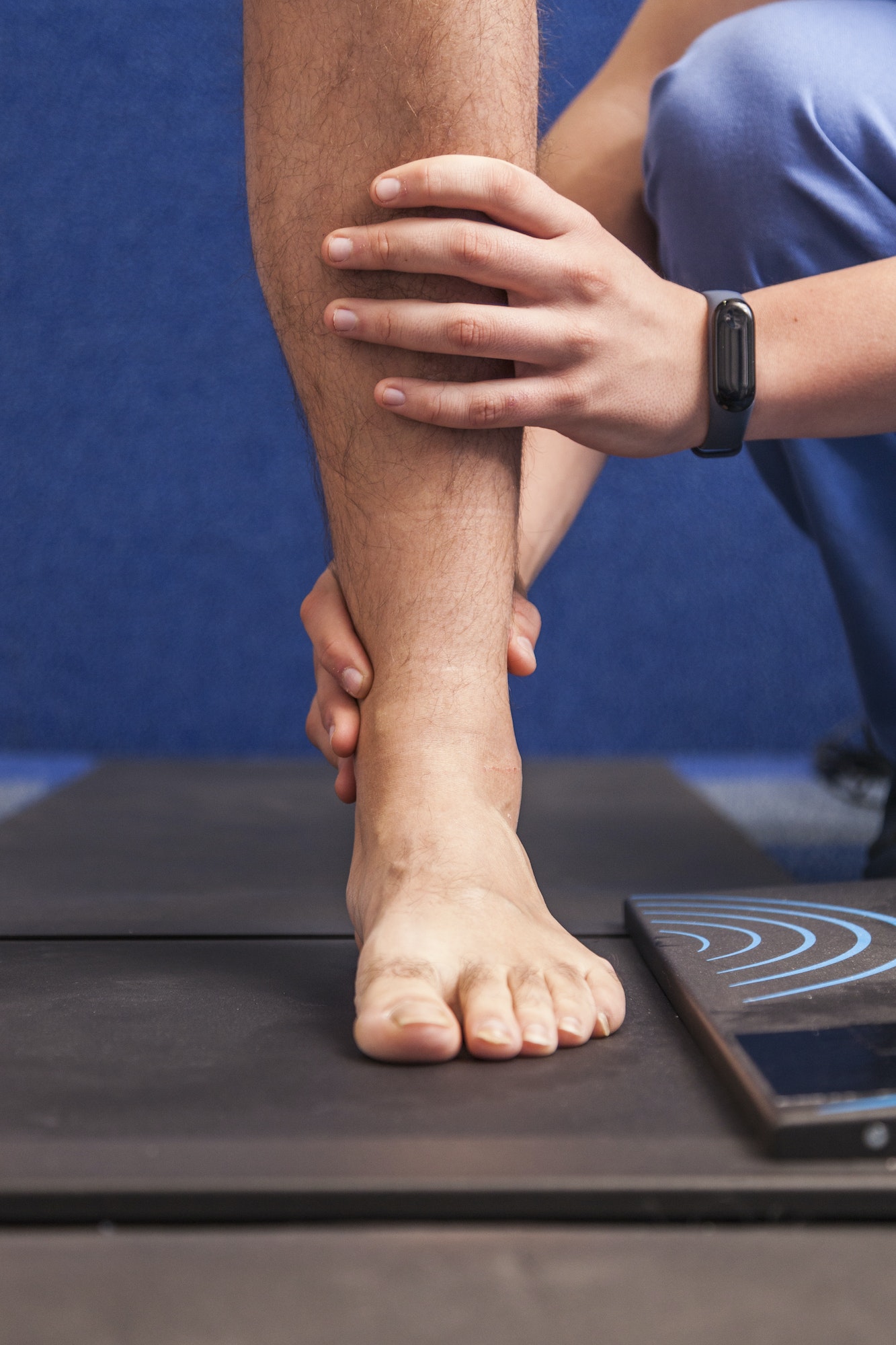Dr. Jonathan L. Hook is board certified in foot, rearfoot reconstruction, and ankle surgery. He received comprehensive training in the operative and non-operative management of foot and ankle disorders. He is accomplished in foot and ankle reconstructive surgery and specializes in complex reconstructive procedures, sports medicine, trauma, arthroscopy, and minimally invasive surgical techniques.
Dr. Hook completed a three-year surgical residency at Mercy Hospital and Medical Center in Chicago in 2017. He received his Doctorate degree in Podiatric Medicine and Master’s Degree in Healthcare Administration from Rosalind Franklin University in 2014. Dr. Hook earned his Bachelor’s Degree from Bradley University in 2010. In addition to his clinical practice, Dr. Hook acts as the Fellowship Program Director of the WFAI Advanced Foot & Ankle Reconstruction Fellowship.
He also remains actively involved in resident education and lecturing, and is an active member of the American College of Foot and Ankle Surgeons and American Podiatric Medical Association.
Dr. Hook places a strong emphasis on evidence-based medicine and individualizing the care of each patient to ensure successful outcomes. He provides all treatment options including preventative care, conservative management, and operative intervention. His passion for the foot and ankle is clearly seen in the dedication and compassion he has for his patients.
Education
Doctorate of Podiatric Medicine – Rosalind Franklin University, North Chicago, IL
Undergraduate Education
Bachelor’s Degree in Health Sciences/Pre-Medicine – Bradley University, Peoria, IL
Additional Training
Podiatric Medicine and Surgery Residency with additional credential in Reconstructive Rearfoot/Ankle Surgery (PMSR/RRA) – Mercy Hospital and Medical Center, Chicago, IL
Research
-
Hook J, Martini, C, Potter, B. Key Insights On Retrograde Intramedullary Fixation Of Distal Fibular Fractures, Podiatry Today, January 2019 | https://www.podiatrytoday.com/key-insights-retrograde-intramedullary-fixation-distal-fibular-fractures
Hook J. Wilson, J, Wirt C. Benefits of Gastrocnemius Recession for Recalcitrant Plantar Fasciitis. Lower Extremity Review, August 2018 | https://lermagazine.com/article/consider-the-benefits-of-gastrocnemius-recession-for-recalcitrant-plantar-fasciitis/comment-page-1
Hook J, Martini C. Do Eccentric Exercises Make a Difference in Conservative Treatment of Achilles Tendinopathy? Lower Extremity Review, April 2018 | https://lermagazine.com/cover_story/what-role-for-eccentric-exercises-in-conservative-treatment-of-achilles-tendinopathy
Hook J, Wirt C. A Closer Look At The Benefits Of Minimally Invasive Achilles Tendon Rupture Repair. Podiatry Today, February 2018 | https://www.podiatrytoday.com/closer-look-benefits-minimally-invasive-achilles-tendon-rupture-repair
Hook J, Wilson J. Why All Stages of Hallux Rigidus Deserve Consideration of Cheilectomy as a First-line Surgical Intervention. Podiatry Today, January 2018 | https://www.podiatrytoday.com/why-you-should-consider-cheilectomy-first-line-treatment-all-stages-hallux-rigidus
-
Narcisi F, Hook J, Wirt C. The Effects of True Weightbearing on Common Radiographic Measurements of the Foot. ACFAS Annual Scientific Conference, New Orleans, LA, 2019.
-
Narcisi F, Hook J, Wirt C. Comparison of Changes in Radiographic Measurements of the Foot Based Upon Percentage of True Weightbearing. Midwest Podiatry Conference, Chicago, IL, 2018.
-
Hook J, Narcisi F. The Effect of Weightbearing Status on Common Radiographic Measurements in Foot and Ankle X-rays. ACFAS Annual Scientific Conference, Nashville, TN, 2018.
-
Hook J, Narcisi F. Use of Tendon Balancing Procedures and Skin Plasty Technique for Primary Wound Closure on Cavovarus Deformity after Complete 5th Metatarsal Resection: A Case Study. 12th Annual International External Fixation Symposium, San Antonio, TX, 2017
-
Berns D. Burgess B, Hook J. The Effectiveness of A 5.5mm Intramedullary Screw For Fixation of Acute Jones Fracture. Midwest Podiatry Conference, Chicago, IL, 2017.
-
Mehta R, Burgess B, Hook J. Screw Presence in The Fifth Metatarsal-Cuboid Joint After Intramedullary Screw Fixation of Acute Jones Fractures. Midwest Podiatry Conference, Chicago, IL, 2017.
-
Hook J. Burgess B, Mehta R, A Minimally Invasive Approach to Achilles Tendon Rupture: A Viable Alternative to Open Repair. ACFAS Annual Scientific Conference, Las Vegas, NV, 2017.
-
Hook J. Burgess B, Berns D. Evaluation of Cellular Allogeneic Bone Graft on High Risk Hindfoot and Ankle Arthrodesis. Midwest Podiatry Conference, Chicago IL, 2016
-
Berns D, Burgess B, Hook, J. A Minimally Invasive Approach to Correction of Fibular Ankle Fractures with the Fibulock TM Intermedullary Nail. Midwest Podiatry Conference, Chicago IL, 2016
-
Hook J, Perns S. Warfarin Induced Skin Necrosis in Foot and Ankle. ACFAS Annual Scientific Conference, Austin, TX, 2016.
-
Hook J, Mehta R, Miklos R. C. Re-Amputation Rate Following Partial First Ray and Partial Fifth Ray Amputations. ACFAS Annual Scientific Conference, Austin, TX, 2016



